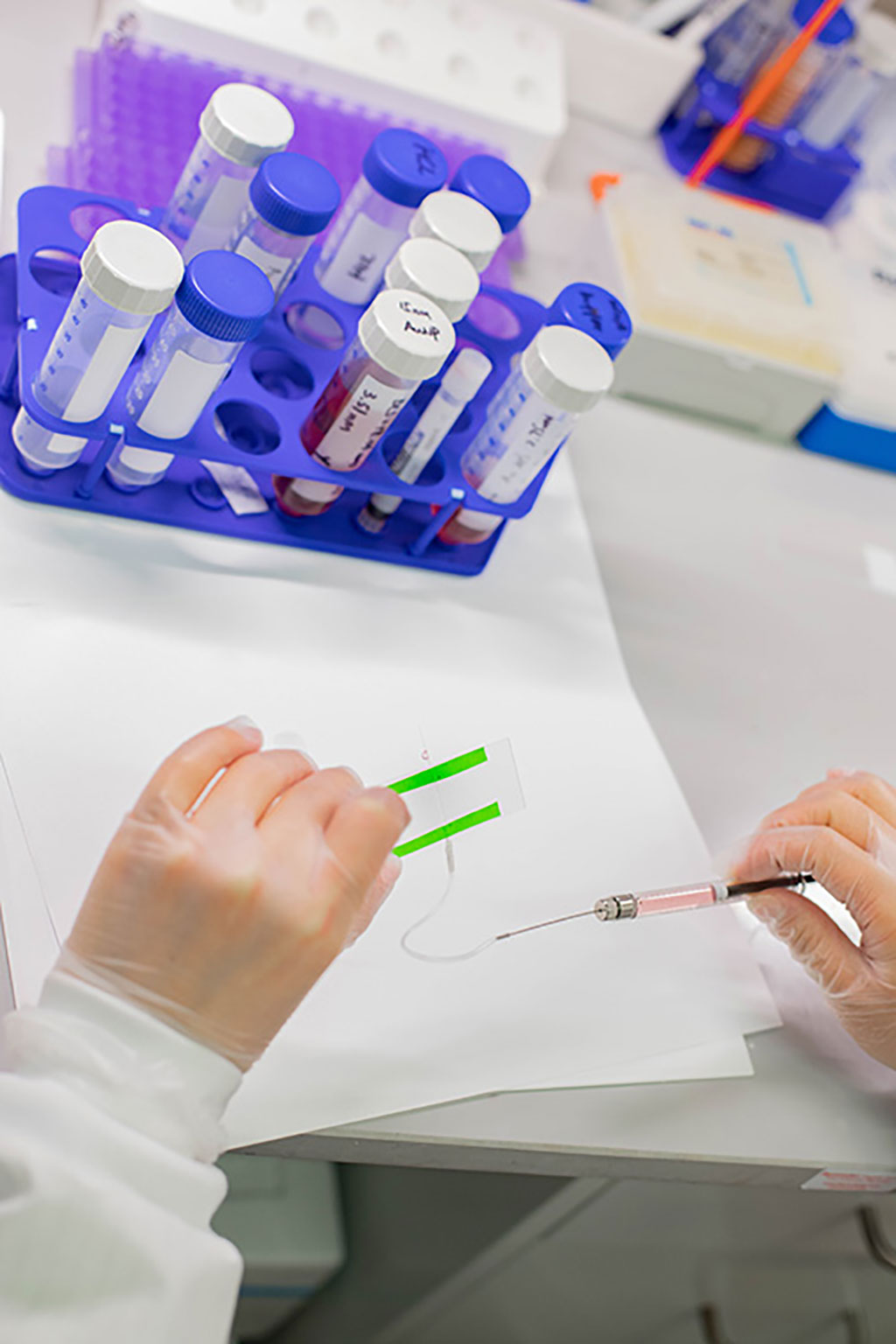Rapid Virus Test Delivers Lab Quality Results within 30 Minutes
Posted on 26 Apr 2022
Researchers have developed a rapid test for viruses that can deliver results as accurate as lab tests within 30 minutes. The technology can be applied to viruses that cause respiratory syncytial virus, influenza and COVID-19.
A new study by researchers from the University of Texas at Dallas (Dallas, TX, USA) demonstrated the method, called DIgitAl plasMONic nanobubble Detection (DIAMOND). The technology is 150 times more accurate than traditional rapid tests and matches the accuracy of polymerase chain reaction (PCR) tests. The new strategy paves the way for much faster results than PCR tests, which often take a day or more for results to be determined. In addition, the tests are inexpensive and do not require complex liquid handling or extensive sample preparation.

DIAMOND involves attaching gold nanoparticles to antibodies against the virus being tested. These combination molecules are then mixed with a patient sample from a nasal swab. If the sample contains a virus, the antibodies labeled with gold nanoparticles will bind with proteins on the virus’s surface. The researchers use a syringe to pump the sample into a tube called a microchannel, which is as narrow as a strand of thin spaghetti. The microchannel is mounted on a glass slide placed on a surface. As the liquid flows through the microchannel, it passes through the light of two lasers in a process similar to the way luggage moves on a conveyor to be scanned at an airport.
The first laser activates the gold nanoparticles, which absorb the laser’s energy and expand. If the expansion is strong enough, the nanoparticle will boil the surrounding water, generating vapor bubbles. The size of the nanobubbles is what determines the test result. Large nanobubbles signal the presence of a virus. While the current study focused on respiratory syncytial virus (RSV), Qin said the technology can be applied to other viruses, such as those that cause influenza and COVID-19. Researchers also aim to use the platform to identify cancer biomarkers. The technology would need to receive approval from the Food and Drug Administration before it could be made available to the public. The researchers aim to bring the technology to hospitals, labs, drive-thru pharmacies and, eventually, home tests.
“If we can detect pathogens earlier, we should be able to save lives,” said Dr. Haihang Ye, research associate in mechanical engineering and co-corresponding author of the study. “Our detection is quick, accurate and sensitive.”
Related Links:
University of Texas at Dallas













